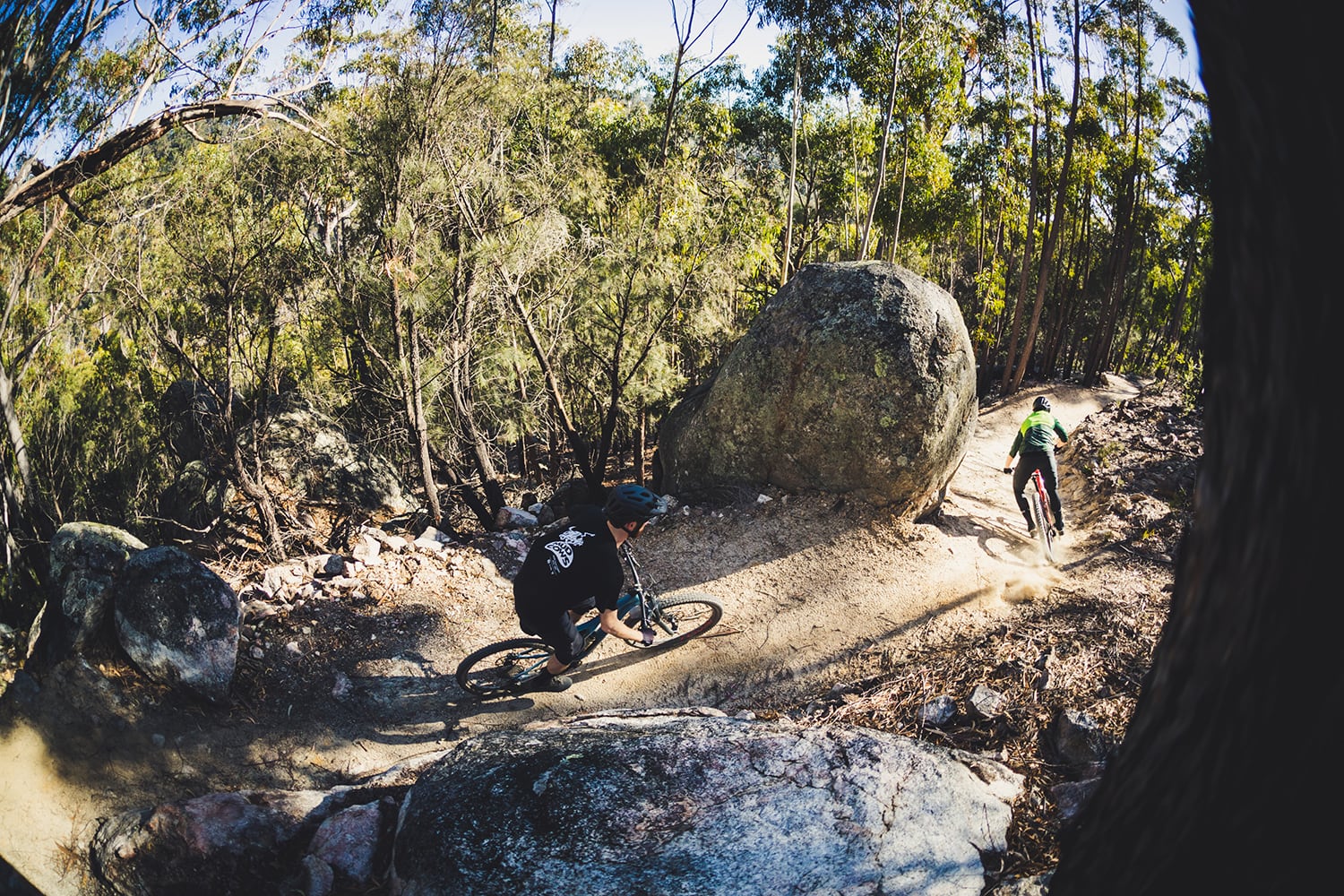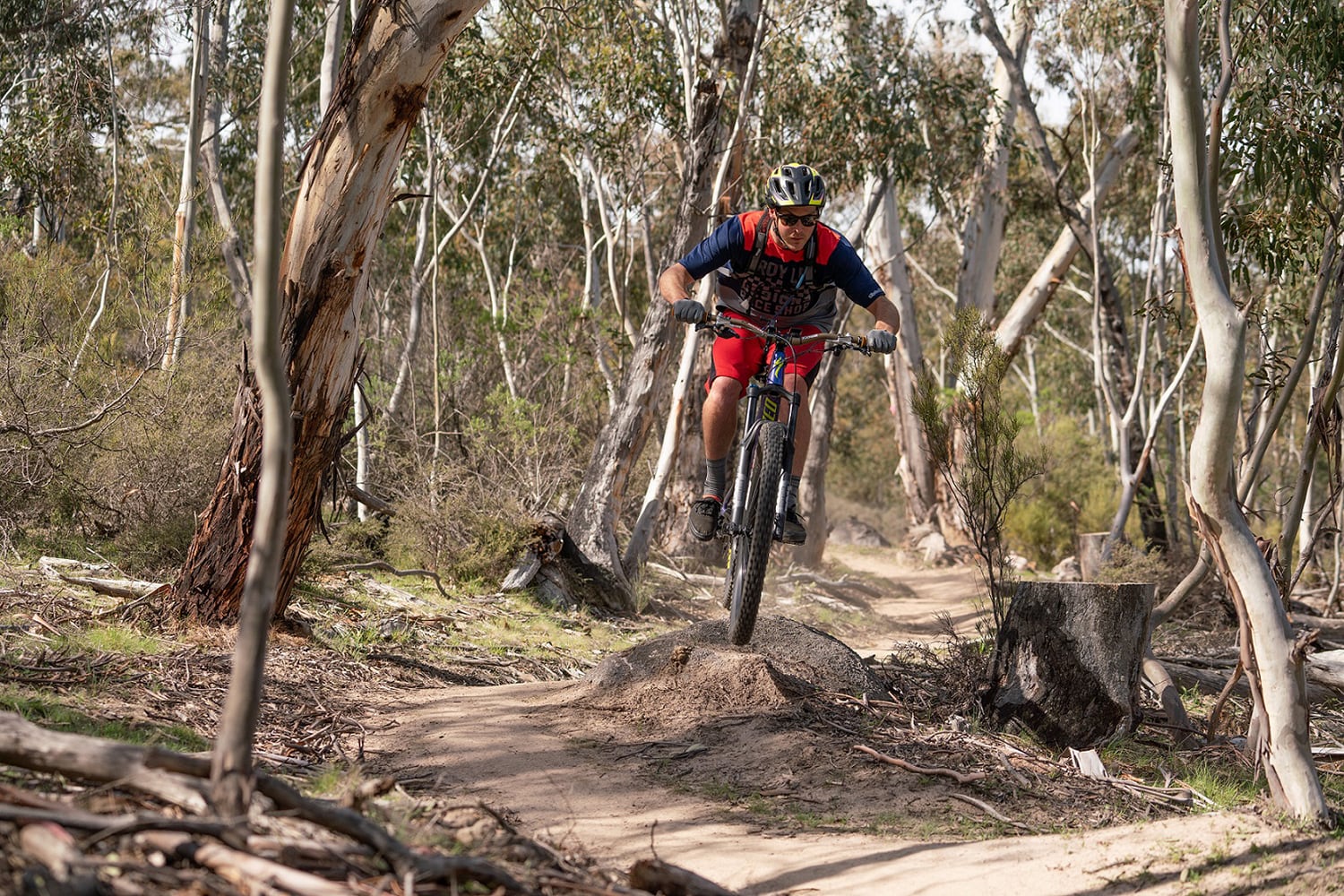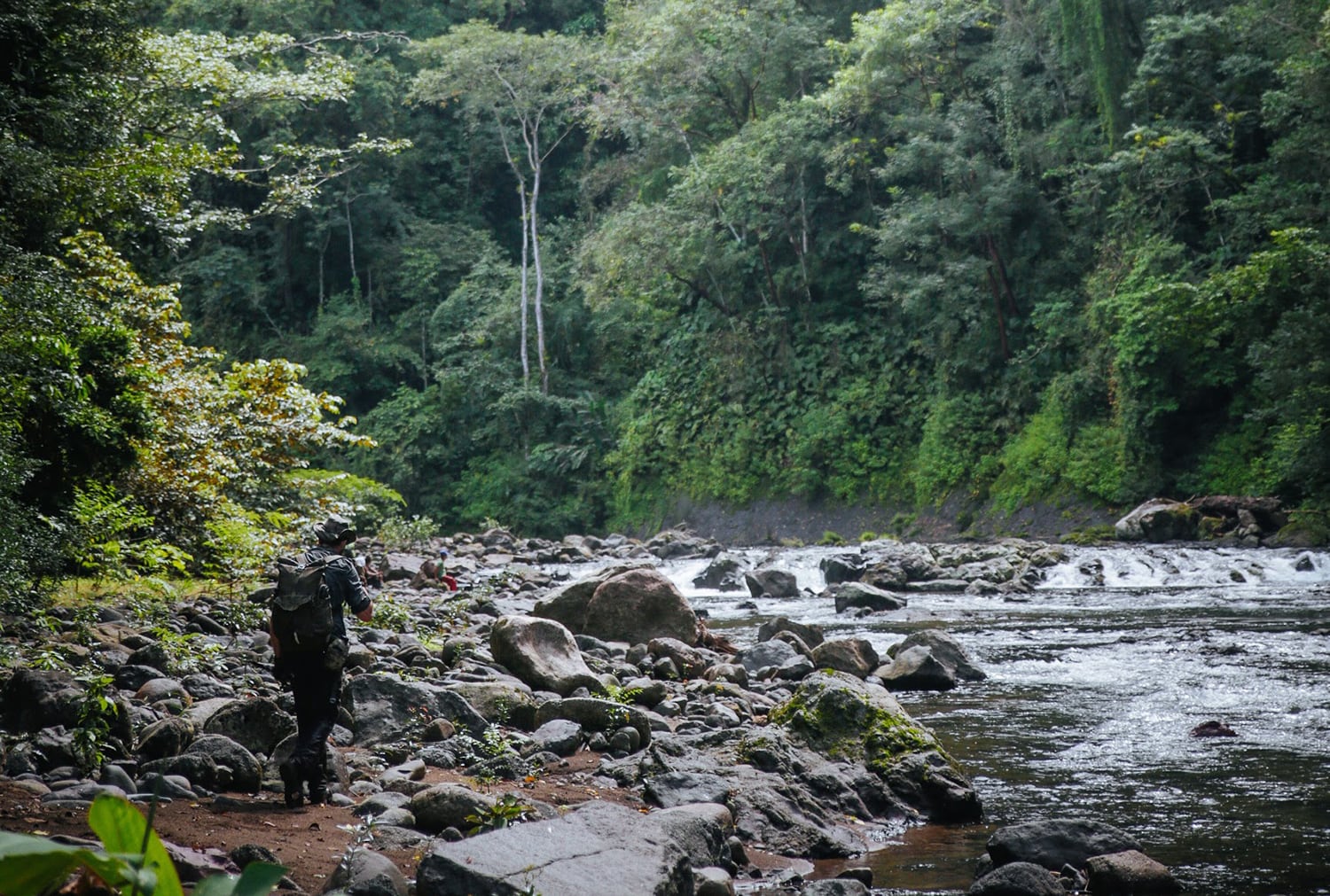
The Aussie backyard
Yeah, weird hey? And something that few of us would ever think of as an adventure destination, even though it is by far the cheapest and most convenient. But then, not all of us are young enough to have a vivid imagination and still know how to make fun from the most basic elements.
For anyone with little’uns – say, from around one year of age through to seven-ish (or even older) – the suburban backyard and nearby parks, nature reserves and/or beaches can be an effective substitute for destinations further afield – especially when it is not easy to travel, or you want an ‘adventure’ at home (i.e., you don’t want to pack the car and suffer peak-hour Friday arvo traffic).
For anyone who is in this group of parents, there are myriad possibilities for an ‘adventure’ in the backyard. It could be as simple as getting your kids to do an ‘explorer’s search’ around your backyard, trying to find any resident bugs, frogs, birds that visit regularly (think: kookaburras), and lizards. Or, you could go ‘big adventure’ style and set up a tent for them to spend a day and night in, and pack them a small backpack, water bottles and food. You’ll be surprised at how much your kids love having a new adventure at home with these ideas and any others, such as designing a mini bicycle track (if space and terrain allows; our kids had a bike track in their backyard for a month while our house was renovated) or helping them build a cubby-house.
Often, we forget about what ‘adventure’ meant for us when we were kids, so not only does this all-new (but actually very old) adventure ensure they have a cracking time, it might well reinvigorate parents and prompt them to start planning for future adventures on a larger scale.

Tassie trails
Mountain biking tourism continues to boom in the Apple Isle. Initially, it was the former mining town of Derby that was the star destination for Aussie MTBers looking to ride some of the world’s best trails (as rated by the Enduro World Series each time it has been one of the rounds of this global event). Now, there is even more to check out, with the late 219 opening of the St Helens Mountain Bike Trails, on Tassie’s east coast. This network is unique in not only offering kilometres of trails just outside the township of St Helens, but by the fact it is also linked to Derby’s magic trail network via the Bay of Fires Trail, a 42km epic that starts way up in the mountains at Derby, and takes you through ancient gum forest and fern-filled valleys, as well as past some immense granite outcrops before it finishes at one of Australia’s most picturesque coastal areas, the Bay of Fires.
The St Helens trail network includes eight loops, with grades running from green (beginner) to blue (intermediate). You can even get there via the excellent Townlink, a multi-use track that takes riders from St Helens township to the trailhead at Flagstaff. Nice!
For intermediate to more advanced riders, there is also the awesome Maydena Bike Park in the Derwent Valley, in the centre of Tasmania. This gravity-oriented park has more than 60 trails and has a vertical elevation of 820 metres, with the total trail network (ranging from beginner green-grade trails through blue intermediate to black expert) adding up to 120km.
Start planning now for that spring two-wheeled escape to the Apple Isle – and bank on at least a week to really make the most of this amazing MTB destination.
See www.discovertasmania.com.au

Be an Antarctic explorer in 2021
Wanna see the white continent? And want to more than just ‘see’ it? As in, have the chance to camp on the ice, paddle sea kayaks, climb some Antarctic peaks, trek through the snow-covered valleys? As a bonus, you’ll also get to listen to acclaimed Aussie writer, Peter Fitzsimons, regale you with tales from the world of the early polar adventurers – including many Australians – who ventured to the deep south.
Sounds great? Then you’d better start saving as World Expeditions’ Antarctic Cruise with Peter Fitzsimons starting November 11, 2021 is bound to be a popular trip.
The adventure runs over 13 days and is aboard the vessel, Plancius (this writer has explored Antarctica aboard this ship – it’s an absolute belter), which has a capacity of 108 people. This is a nice small number allowing you to have the opportunity to chat to Peter in person, while still enjoying all the activities on offer, starting with that epic crossing of the Drake Passage, one of – if not the – world’s wildest sections of ocean.
During the 13 days you’ll get the chance to spot penguins (in abundance!), seals, sea birds and whales. Oh, and if you’re lucky, you may even spot the odd pod of orca as they scour the waters for prey.
With not only plenty of wildlife to spot, but also those exciting off-ship activities (the sea kayaking is a must-do; you don’t have to be a super skilled paddler either, just confident in the water), as is – of course – the chance to actually camp on Antarctica. Add in the chance to climb remote Antarctic peaks and snow-shoe exploration, and this big adventure is worth the wait.
See www.worldexpeditions.com

Thredo Valley Trail grows
NSW National Parks and Wildlife Service (NPWS) has extended the popular Thredbo Valley Track (TVT) with a further 18.4 kilometres of new track on offer for visiting riders. This now extends TVT to a total distance of 35.1km, with the original upper part of the track offering a mix of easy sections, and the new extension ramping up the challenge for more experienced riders.
Switchback bends, a mix of climbing and descending, and spectacular terrain all feature in this extension. The new track links Bullocks Flat to Gaden Trout Hatchery and is more remote than the upper part of the TVT. It is also slightly more challenging with a number of climbs and descents, some tight switchback bends and plenty of open fast sections to enjoy.
As well as the awesome riding experience, Thredbo Valley Trail (TVT) offers brilliant alpine views as riders follow the route, with parts of the track traversing open grasslands mixed with sections that take riders through dense snow gum woodlands and past towering mountain gums. This new extension means there is something for every rider, with the original upper TVT – at 16.7km – providing some fantastic riding for kids, families and the less experienced riders, while this new section is ideal for those looking for more – plus, more experienced riders can, of course, ride the whole thing.
Thredbo Valley Track opens up one of Australia’s most iconic national parks to even more visitors, keen to not only try their hand at this new track, but all the other outdoor activities come spring and summer that are available.
See www.nationalparks.nsw.gov.au

Ausangate and Rainbow Mountain trek
Peru is on the bucket list of most keen walkers and now World Expeditions has come up with a Peruvian trekking adventure that not only caters for those lovers of high-altitude walking, but who are time-poor.
The five-day Ausangate and Rainbow Mountain Trek squeezes in some of the country’s spectacular and remote walking, beginning and ending in the awesome city of Cusco. The iconic Rainbow Mountain, with its multi-hued colours befitting its name at an altitude of 5000 metres, is the literal and physical highlight of a week that is actually full of them. During the five days of trekking you will get straight into the higher altitudes from the get-go, with an early start from Cusco to Cojahuri, before a day walking for around two hours at 4000 metres, before the first campsite at Ranrapata. From here, it is up and up; day two includes a crossing of 5000m Puca Rumi Pass, which offers a brilliant view of Ausangate, Peru’s highest sacred peak, and ascend 5180m Palomani Pass.
Other highlights are on day three, when you ascend Rainbow Mountain, then continue on to Quirillacocha and Surini lakes, before another pass – 4980m Huasacocha – on your way to camp for in the Anantapata Valley.
The trek is rarely walked making it ideal for those wishing to avoid crowds associated with the trek to Machu Picchu, and it offers the chance to spend nearly the entire week high in the alpine zone. The caveat is you have to have spent a minimum of two nights above 3000 metres before you start. Cusco (3399m) is ideal.
See www.worldexpeditions.com

Darien Gap trek
One of the most (in)famous locations on planet Earth, the Darien Gap links North to South America, but is near impenetrable due to dense rainforests, jungle, swamp-like terrain and mist-shrouded mountains. It’s the only ‘gap’ in the 48,280km Pan-American Highway, which begins in Alaska and finishes at the bottom of South America. Only a few expeditions have traversed it, with adventure travel and expedition company, Secret Compass (SC), one of the most successful, completing the traverse in 2018 on foot.
This new SC expedition, hosted by renowned naturalist Rick Morales, offers the chance to experience this still-totally wild part of the planet, with the trek starting in Puerto Quimba and finishing at Jicaralito, on the Pacific Coast.
The challenges will be immense, both physically and mentally, as you make your way through the humid landscape, cross a number of wild rivers and scramble up steep, slippery terrain. The rewards for this effort are just as immense: you will get to see something few have – 5000-year-old petroglyphs (‘pecked rock’) carvings on huge boulders in the depths of the jungle – as well as spending time with the local Embera Indians, an autonomous indigenous group that ekes out a living along the shores of the Chucunaque, Sambu and Tuira rivers. Camping will be in hammocks and the campsites will be mostly located near remote villages. On top of the cultural experiences, there will be plenty of opportunity for wildlife spotting. The region is home to monkeys, iguana, snakes, jaguars, frogs, cayman and more.
If you think it sounds like something from a 19th century explorer’s diary, you’d be right!
See www.secretcompass.com



